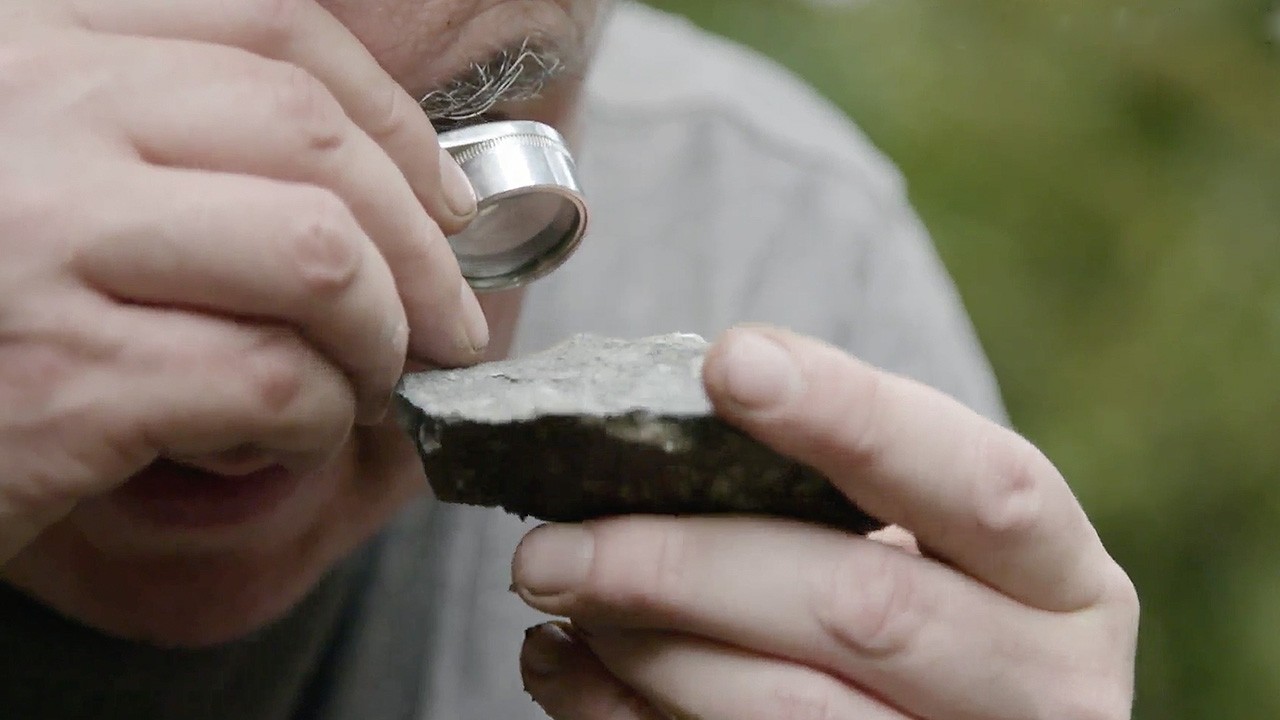Want the best of VICE News straight to your inbox? Sign up here.A few months ago, few people knew the Dendropsophus rozenmani existed. Scientists only just discovered the tiny, brown-striped tree frog — in a swath of forest that’s now largely been burnt to a crisp on the outskirts of the Amazon rainforest.The frog’s habitat is a 57 million-acre tropical ecosystem in Bolivia known as the Chiquitano dry forest. It’s host to a number of endangered species, and, likely, many undiscovered ones. The forest isn’t any richer in biodiversity than the Amazon, but it’s unique. Some species, like the tree frog and the Chiquitano Orchid, are only known to exist there and nowhere else. The fires may have permanently damaged the forest that these unusual creatures call home.“We barely skimmed the surface of what was known about mammals in this region, and this devastating loss due to the fires is simply unfathomable,” said Dan Brooks, a vertebrate zoologist at the Houston Museum of Natural Science who worked on a project to catalogue the animals that live in the Chiquitano in 2001. His team discovered two new species of mammals, Anderson’s rice rat and Yates’ big-eared bat, and found many other species not previously known to live there.Since August, about 7 million acres — about a sixth of the Chiquitano dry forest — have burned, and scientists are concerned the ecosystem could be irreversibly altered. The Bolivian government said Monday that rain had finally extinguished the fires, but an estimated 2 million animals died.Researchers believe the flames threatened some 4,000 plant species and 1,600 species of animals, including jaguars, tapirs, and giant anteaters. Compared to its neighboring regions, the Chiquitano also has more species of mammals, a third of which are threatened or endangered, like the giant otter, the giant armadillo, and the maned wolf.“In the areas that were burnt, not one frog will have survived,” said Martin Jansen of the Senckenberg Research Institute and Natural History Museum in Frankfurt, Germany, who led the research team that discovered the amphibian last year. The fires also burned through one of Jansen’s research stations and incinerated a stationary camera used to spot and track animals.The animals that flee the flames are vulnerable, too. Hunters have lined up along the edge of the forest to gun down mammals leaving the protection of the canopy, according to Alfredo Romero-Muñoz, a Bolivian doctoral researcher at Humboldt University in Berlin who studies agriculture and hunting in the region.The fires in Bolivia, researchers and advocates believe, are largely set by people. They’re clearing forest for pasture because of a push to increase agricultural production for exports. In August, the country sent its first shipment of beef to China where an outbreak of African swine flu has decimated the pork supply and pushed the country to import from abroad.“What is happening, it’s really ecocide,” Pablo Solon, who worked in Bolivian President Evo Morales’ administration as ambassador to the UN from 2009 to 2011, told VICE News.READ: Only 8 people in this indigenous tribe still speak their native language. The Amazon fires may wipe it out completely.Back in 2013, Morales announced that he’d aim to triple the amount of arable farmland in Bolivia to 32 million acres by 2025. In practice, that means clearing forests. And this summer, Morales made good on that promise by passing laws that allowed farmers to legally slash and burn more land for agricultural use.“This happened in July,” said Romero-Muñoz, the doctoral researcher studying the Chiquitano forest. “And in August, the fires started. So these are direct outcome of these policies.”In Santa Cruz, a city in the same province as the Chiquitano forest, people took to the streets Friday to protest the government’s lack of response to the fires. The opposition party has called on Morales to declare a national emergency, which would streamline international aid money. But his administration hasn’t declared one over concerns that international cash could lead to foreign meddling in Bolivia.“The government says that forest fires are cyclical,” Solon said. “Now, they’re up, and they say this is because of climate change, and then they will let up. They claim no responsibility for what has happened.”While the Bolivian government may be using climate change as a scapegoat for the devastation caused by its agricultural policies, fires like these will become more severe and frequent as the world warms. Forests like the Chiquitano also keep carbon out of the atmosphere, and, as they burn, they’ll release even more carbon, which also makes the world hotter.Ultimately, the damage done by the fires in the Chiquitano may be irreversible.“It would take more than 200 years for the Chiquitano to recover,” Jansen said. “That’s the estimate, but nobody really knows. And even if we had 200 years, we would need the political will to repair the forest for two centuries. I just cannot see that happening.” Cover image: In this Aug. 30, 2019 file photo, police and firefighters work to put out a fire in the Chiquitania forest on the outskirts of Robore, Bolivia. (AP Photo/Juan Karita, File)
Cover image: In this Aug. 30, 2019 file photo, police and firefighters work to put out a fire in the Chiquitania forest on the outskirts of Robore, Bolivia. (AP Photo/Juan Karita, File)
Advertisement
Advertisement
Slash and burn
Advertisement
